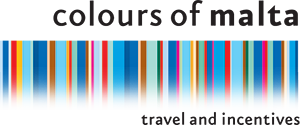Heritage Malta Taste History
This week we headed down to Vittoriosa to learn about Heritage Malta’s Taste History initiative. Clive Cortis explains to us this fairly new concept that is being introduced to Museums on the islands.
After thorough research extracted from a vastly documented evidence found in Malta...



